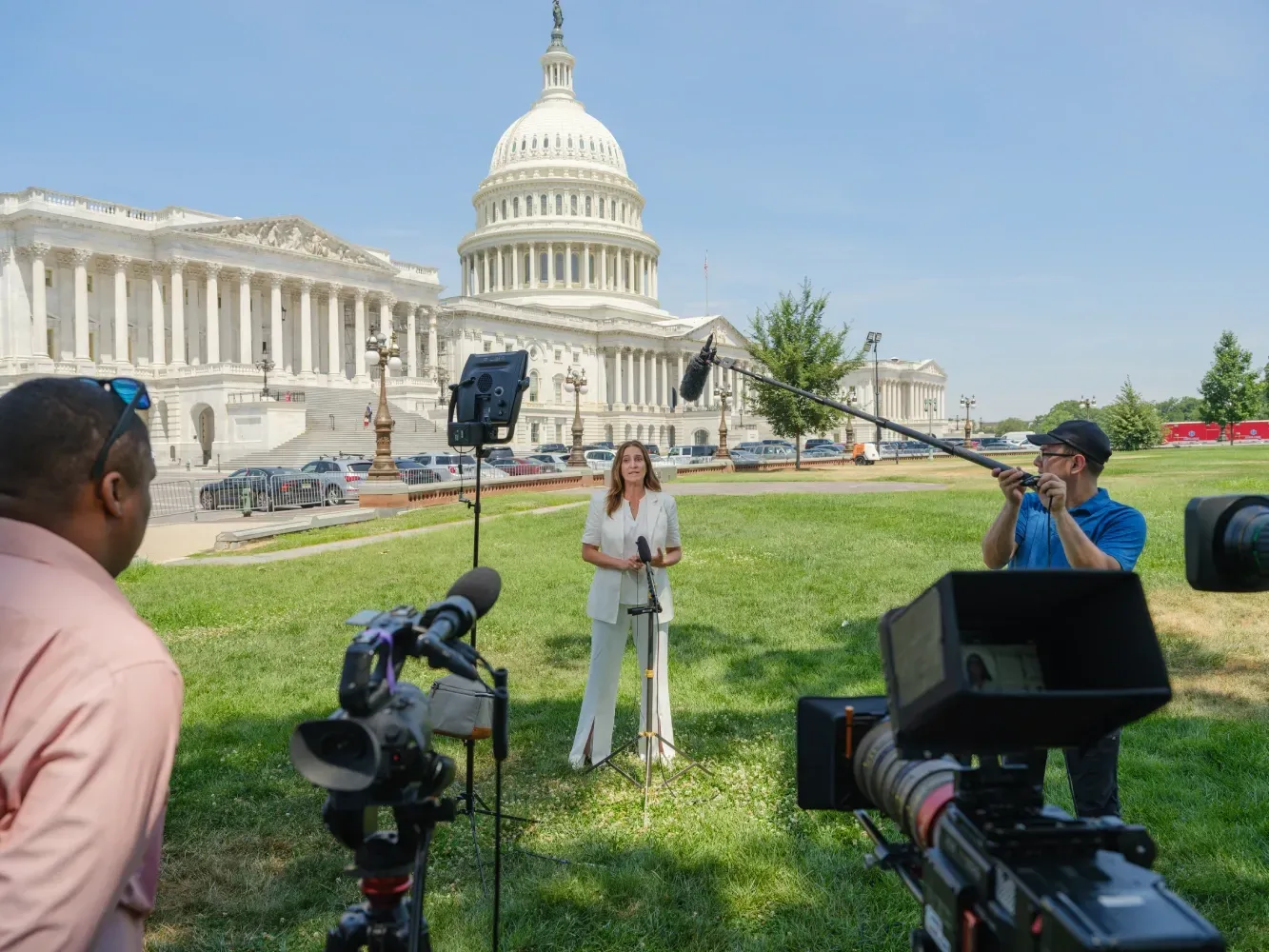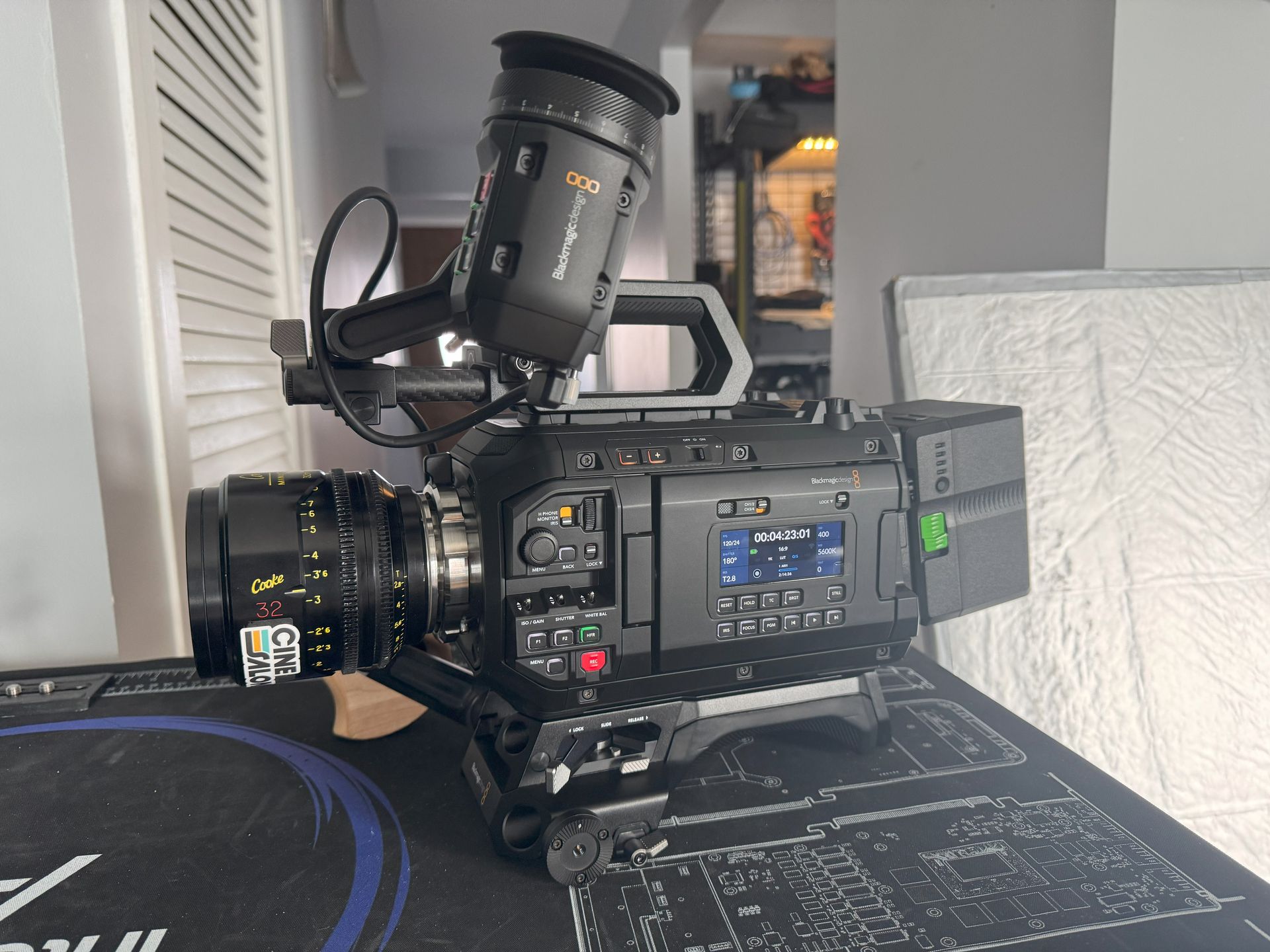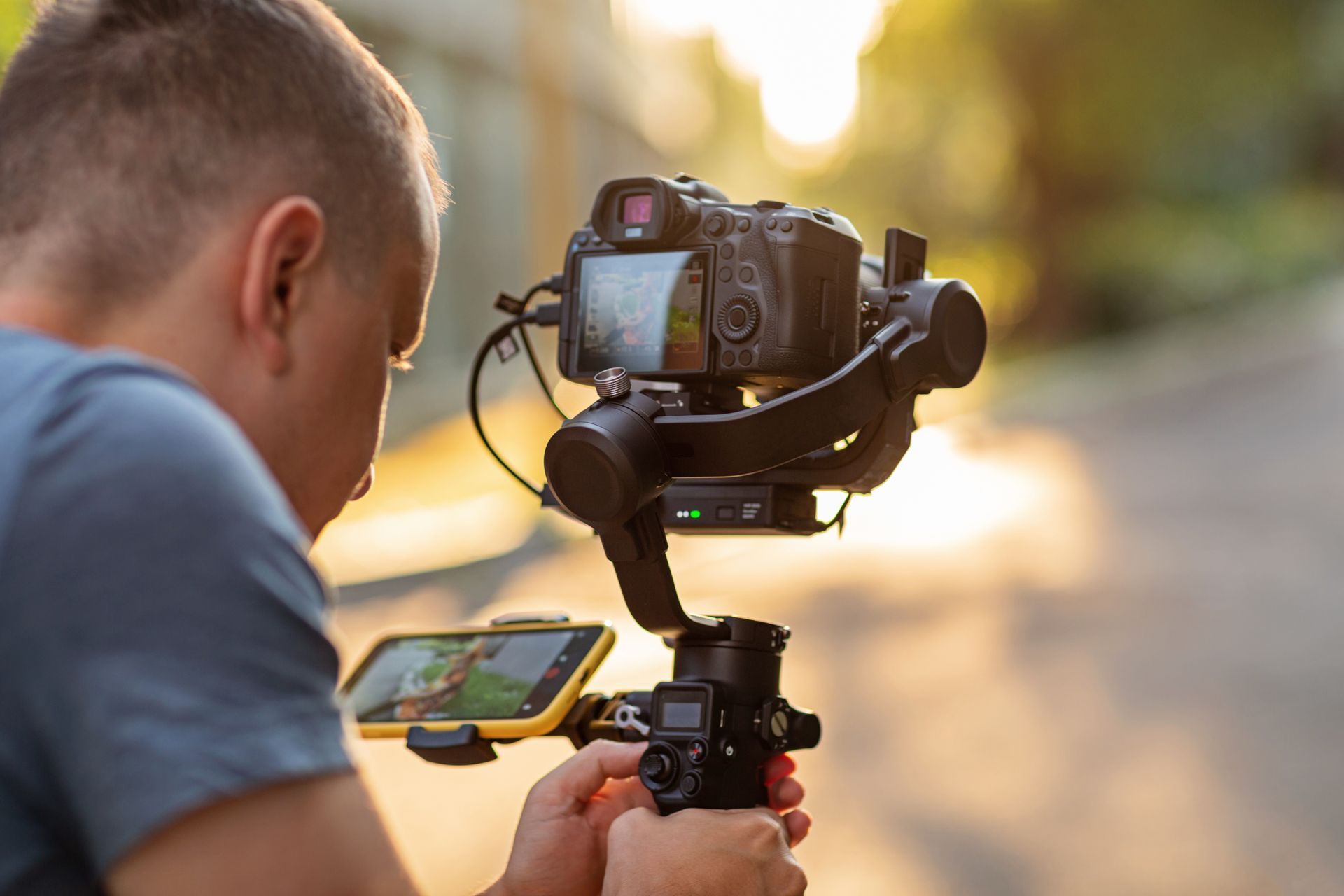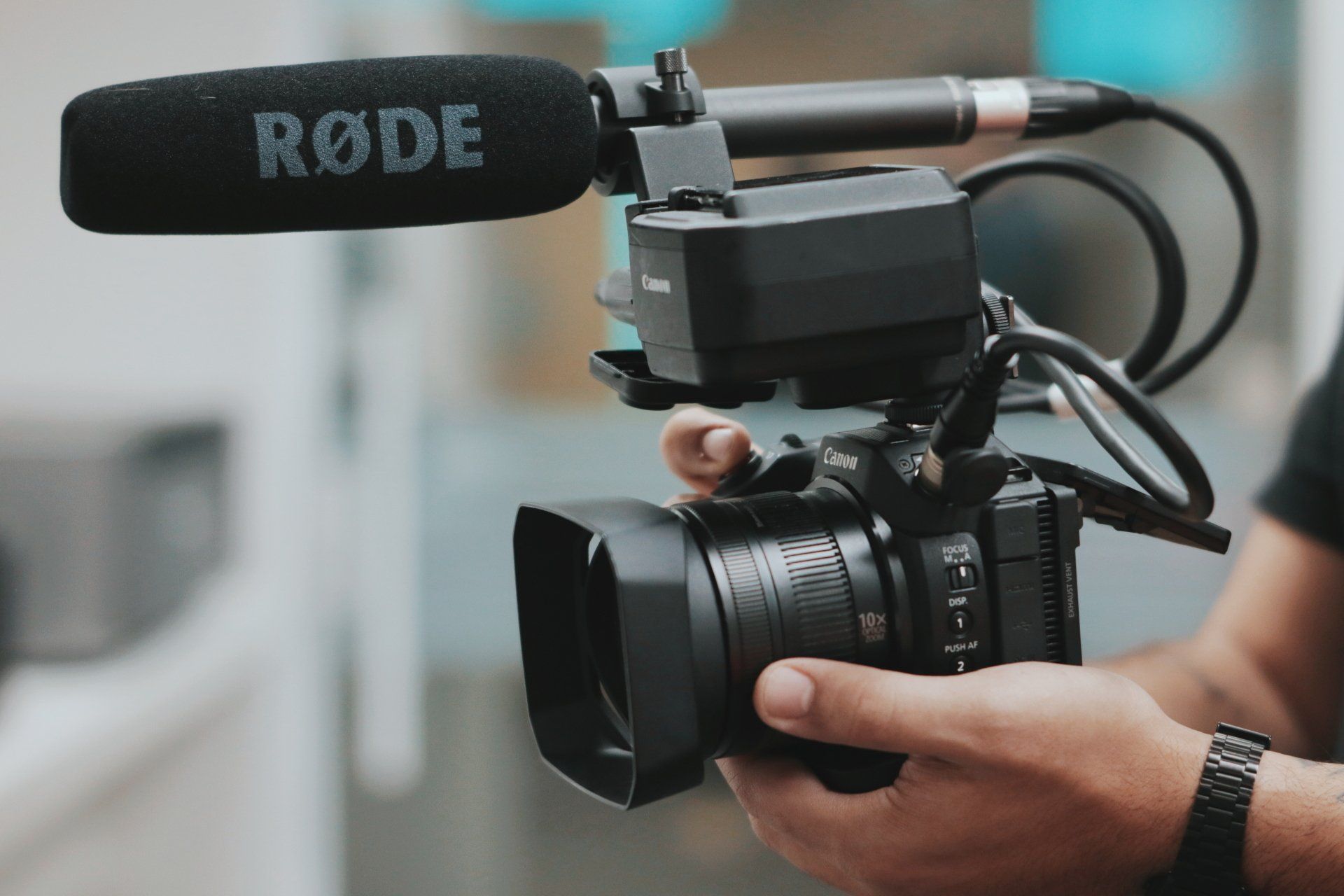
Let's get one thing straight. Great video isn't just about stunning visuals. It's about captivating audio too. Many aspiring filmmakers focus their attention on camera specs. They consider frame rates, resolution, and dynamic range. But they often forget one crucial element - the sound. Viewers will tune out if your video looks like a masterpiece but sounds like a mess.
They won't stay to appreciate the compelling story you've painstakingly crafted. They won't marvel at your breathtaking visuals. Poor sound can ruin an otherwise excellent video.
The Role of the Right Microphone
So, how do you ensure your audio quality matches your visuals? The answer is simple. You pick the right microphone. You can't rely solely on the tiny built-in microphone in your camera. That won't cut it. You need a dedicated, high-quality microphone to capture pristine sound. It's not about buying the most expensive microphone on the market. It's about choosing the one that's right for your specific needs.
The difference between an average video and an exceptional one is often the sound. Your audio can be clear, full-bodied, and immersive with the right microphone. It can draw viewers into your world. It can make them feel a part of your story. And that's what good video production is all about - storytelling. Your visuals tell a story. Your audio should be too.
In this guide, we'll explore the world of microphones. We'll help you understand the basics. We'll dive into different types of microphones and their uses. And we'll give you practical tips for choosing the right microphone for your videos. Let's begin the journey to better audio.
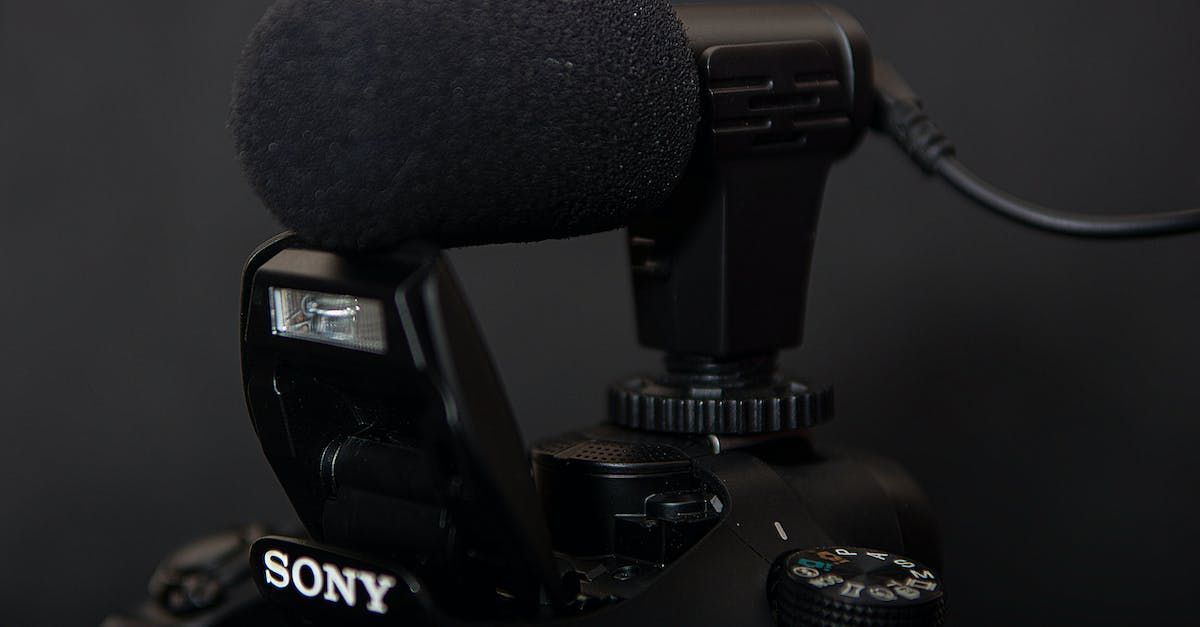
Understanding the Basics of Microphones
What is a Microphone, and How Does it Work?
Let's start with the basics. A microphone is a device that captures sound. It's like your ears but more sensitive. It can pick up the softest whispers and the loudest roars. And it converts these sounds into an electrical signal. That's something your camera or audio recorder can work with.
Here's how it works. When you speak or play music, you create sound waves. These waves travel through the air until they reach the microphone. The microphone then turns these sound waves into an electrical signal. This conversion happens in a part of the microphone called the diaphragm. When sound waves interact with the thin sliver of material, it vibrates. An electrical signal is created by the vibration and that is what is documented.
Key Terms and Concepts in Microphone Technology
In the world of microphones, you'll encounter many terms. Understanding them is crucial in making the right choice. Here are a few to get you started.
- Directionality refers to the area from which a microphone picks up sound. Some microphones pick up sound from all directions. These are called omnidirectional microphones. Others pick up sounds from a specific order. These are called directional or cardioid microphones. The right one depends on your needs.
- Frequency response: This term describes how a microphone picks up different frequencies. It determines whether a microphone captures low, mid, or high frequencies better. A flat frequency response means the microphone captures all frequencies evenly.
- Sensitivity: A microphone's sensitivity is how well it picks up quiet sounds. A high-sensitivity microphone is excellent for capturing soft sounds. But it might not be the best for loud environments.
- Impedance: Impedance refers to a microphone's resistance to an electrical signal. Low-impedance microphones are generally better. They can send alerts over long cables without losing quality.
There's a lot to learn about microphones. But don't worry. The more you know, the easier it becomes to choose the right one. We'll delve into more details as we go. But for now, remember this. Choosing the right microphone can elevate your video from good to great. It's worth taking the time to learn and understand.
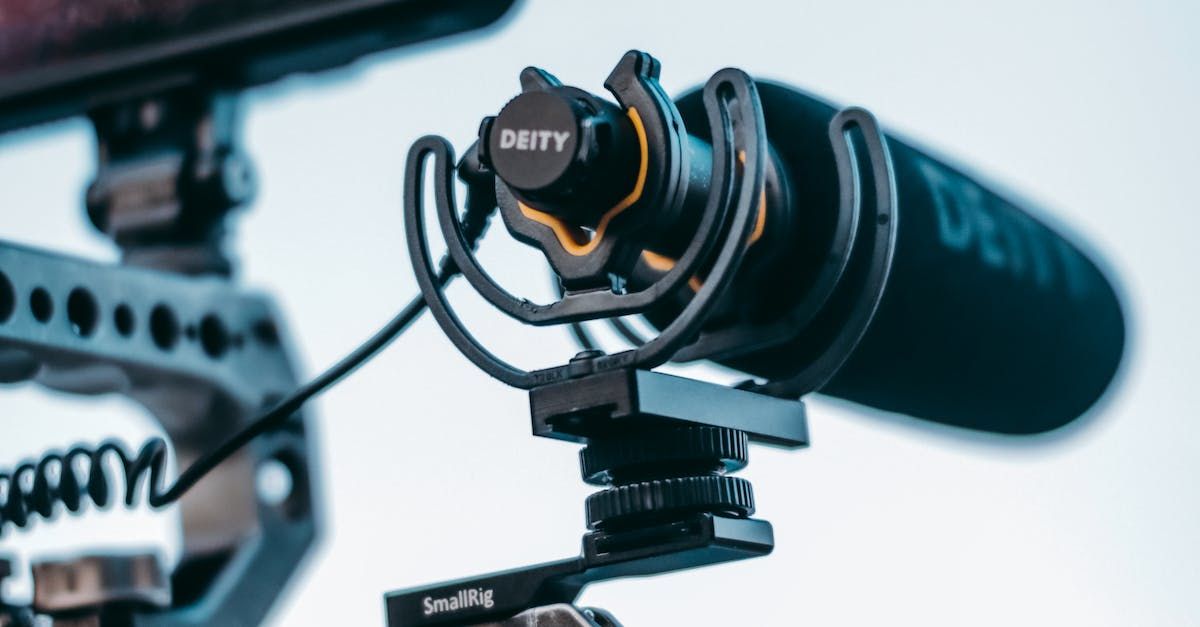
The Role of a Microphone in Video Production
A. The Importance of a Microphone for Audio Clarity
The microphone is a critical player in video production. It's the unsung hero behind the scenes. The visuals may captivate your eyes, but the audio grabs your attention. The quality of your sound can make or break your video. Why is this? Let's imagine a scenario.
You're watching a video with crystal-clear visuals. The scene is breathtaking. But then, you notice the audio. It's muffled. The voices are distant. Suddenly, the entire experience is disrupted. You can't fully enjoy the beautiful visuals. All because the sound is not up to par.
B. Poor Audio Quality and its Effects
Poor audio quality is a distraction. It pulls your viewers away from your story. It disrupts the immersive experience you're trying to create. And worst of all, it can make viewers click away. The best visuals in the world can't save a video with bad audio. So, never underestimate the power of good sound in video production. It's not an afterthought. It's a critical component that deserves as much attention as your visuals.
A great microphone can provide that quality audio. It can make your words sound clear and crisp. It can capture the ambiance of your location. It can bring your video to life in a way that visuals alone cannot. So, let's dig deeper. Let's find out how to choose the perfect microphone for your video production needs. It's an important decision. And with the proper knowledge, it's a decision you can make with confidence.
Different Types of Microphones
An Overview of Microphone Types
There's a world of microphones out there. Each one serves a specific purpose. Some are great for interviews. Others are perfect for on-location shooting. Let's explore these microphone types and their unique strengths.
- Lavalier/Lapel microphones: These small microphones clip onto your clothing. They're discreet and portable. Great for interviews and presentations.
- Shotgun microphones: These microphones pick up sound from a specific direction. Ideal for capturing audio from a distance. You'll often find them on film sets.
- Condenser microphones: These microphones are sensitive and accurate. They capture high-quality audio, especially for vocals and acoustic instruments. Perfect for studio recording.
- Dynamic microphones: These microphones are robust and versatile. They handle high sound pressure levels well. They are excellent for loud environments, like concerts or live events.
- USB microphones: These microphones plug straight into your computer. They're great for podcasting, voice-over work, and simple recording setups.
Pros and Cons of Each Microphone Type
Every microphone type has its strengths and weaknesses. Knowing these can help you make the right choice. For instance, lavalier microphones are discreet. They don't interfere with your visuals. But they can pick up unwanted noise from clothing rustling. Shotgun microphones are great at capturing audio from a distance. But they require careful aiming and handling. Condenser microphones capture pristine audio. But they can be sensitive to loud sounds and need a power supply. Dynamic microphones are rugged and versatile. But they might not capture subtle sounds as well. USB microphones are easy to use. But they might not offer the audio quality that other types do.
When to Use Each Microphone Type
The best microphone for you depends on your needs. Are you interviewing someone in a quiet room? A Lavalier microphone could be perfect. Are you shooting a scene in a noisy street? A shotgun microphone could help isolate your subject's voice. Are you recording a podcast in your home studio? A condenser or USB microphone might be just what you need.
It's about picking the right tool for the job. And to do that, you need to understand each tool's strengths and weaknesses. You need to consider your specific needs. Only then can you make the right choice.
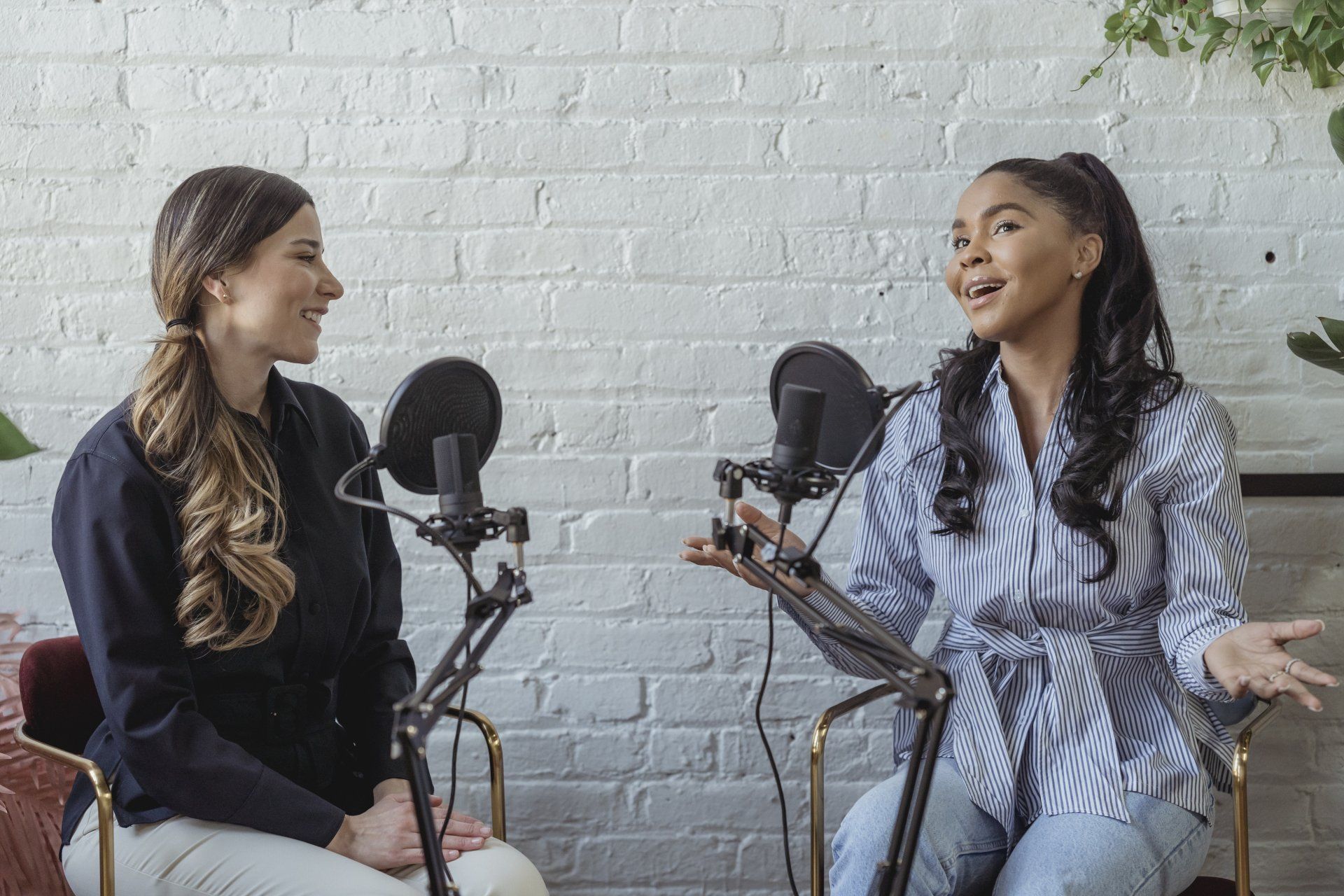
Key Factors to Consider When Choosing a Microphone
How to Choose a Microphone Based On:
- Type of Video Production: Your choice of microphone should suit your production type. Are you conducting interviews? A Lavalier microphone might be best. Are you filming a documentary on the streets? A shotgun microphone can isolate the sounds you want.
- Environment and Location: Consider where you're shooting. Is it noisy or quiet? Indoor or outdoor? Each environment requires a different microphone type for optimal sound quality.
- Budget and Affordability: Microphones vary widely in price. Set a budget and find the best microphone within that range. Don't overspend on features you don't need.
- Specific Audio Requirements: Each video may require different sound characteristics. You might need a microphone that captures sound from all directions. Or one that isolates sound from a specific source.
- Compatibility with Recording Equipment: Ensure your chosen microphone works with your existing equipment. Not all microphones connect to all cameras or recording devices. '
Making the Right Choice for Your Needs
Choosing a microphone is not a one-size-fits-all process. It requires thoughtful consideration of various factors. Think about your specific needs. Evaluate your environment. Consider your budget. And always keep your audience in mind. They're the ones who will be experiencing your video. Ensure you deliver the best quality possible because sound can take your video from good to great.
Additional Tips for Optimizing Audio Quality
Getting the Most Out of Your Microphone
Choosing the right microphone is just the start. Now, you need to get the most out of it. Here are some tips to help you optimize your audio quality:
- Proper Positioning: Where you place your microphone matters. It should be as close to the sound source as possible. But be careful not to cause distortion or pick up unwanted noises.
- Test and Adjust: Always test your microphone before shooting. Adjust settings as needed. Listen to the audio through headphones to ensure it's clear and clean.
- Use a Pop Filter: A pop filter reduces unwanted noise from plosive sounds (like "p" and "b" sounds). It's a small investment that can significantly improve your audio quality.
- Consider the Acoustics: Be aware of your environment. Hard surfaces can cause echo. Soft materials absorb sound and can help reduce echo and background noise.
Post-Production Enhancements
Sometimes, you'll need to clean up your audio in post-production. Here are some tips:
- Noise Reduction: Most audio editing software includes a noise reduction tool. Use this to eliminate unwanted background noise.
- Equalization: This is adjusting various audio frequencies to achieve a balanced sound.
- Compression: This reduces the dynamic range of your audio. It makes loud and quiet sounds quieter, creating a more consistent volume level.
The Bottom Line
Audio quality matters. And a good microphone is just the start. Proper use and post-production techniques can elevate your audio even further. Remember, the goal is to draw viewers in, not push them away with poor sound. Use these tips and tools to create an immersive audio experience. Because in the world of video, sound is just as important as sight. And with the proper knowledge and equipment, you can excel at both.
Recommended Microphones for Different Scenarios
A. Top-Rated Microphones for Various Video Types and Budgets
Now that you understand the basics let's dive into specific recommendations. Here are some top-rated microphones for different video types and budgets:
- For Interviews: One of the best Lavalier microphone is the Rode SmartLav+. It has great sound and is reasonably priced. It's ideal for presentations, vlogs, and interviews.
- For Filmmaking: The Sennheiser MKH416 is a top-rated shotgun microphone. It's a favorite among professional filmmakers for its excellent sound isolation and durability.
- For Vlogging: The Rode VideoMic Pro+ is a popular choice. It mounts on your camera and offers clear, directional audio.
- For Podcasting: The Audio-Technica ATR2100x-USB is a fantastic budget-friendly choice. It delivers excellent sound and is easy to use, perfect for beginners.
- For Music Recording: The Neumann U87 Ai is a legendary studio microphone. It's famous for capturing vocals and instruments with incredible clarity and detail.
B. Understanding Each Recommendation
Each of these microphones is recommended for a reason. The Rode SmartLav+ is small, affordable, and delivers excellent sound. The Sennheiser MKH416 is a professional-grade microphone. It offers superior sound isolation, perfect for filming in noisy environments. The Rode VideoMic Pro+ offers clear, directional audio and mounts directly onto your camera. The Audio-Technica ATR2100x-USB delivers high-quality sound, is easy to use, and is excellent for podcast beginners. The Neumann U87 Ai is a high-end microphone that is renowned for its sound quality and is ideal for professional music recording.
Remember, the best microphone for you depends on your specific needs. Use these recommendations as a starting point. But always consider your requirements and budget. The right microphone is out there. You need to find it.
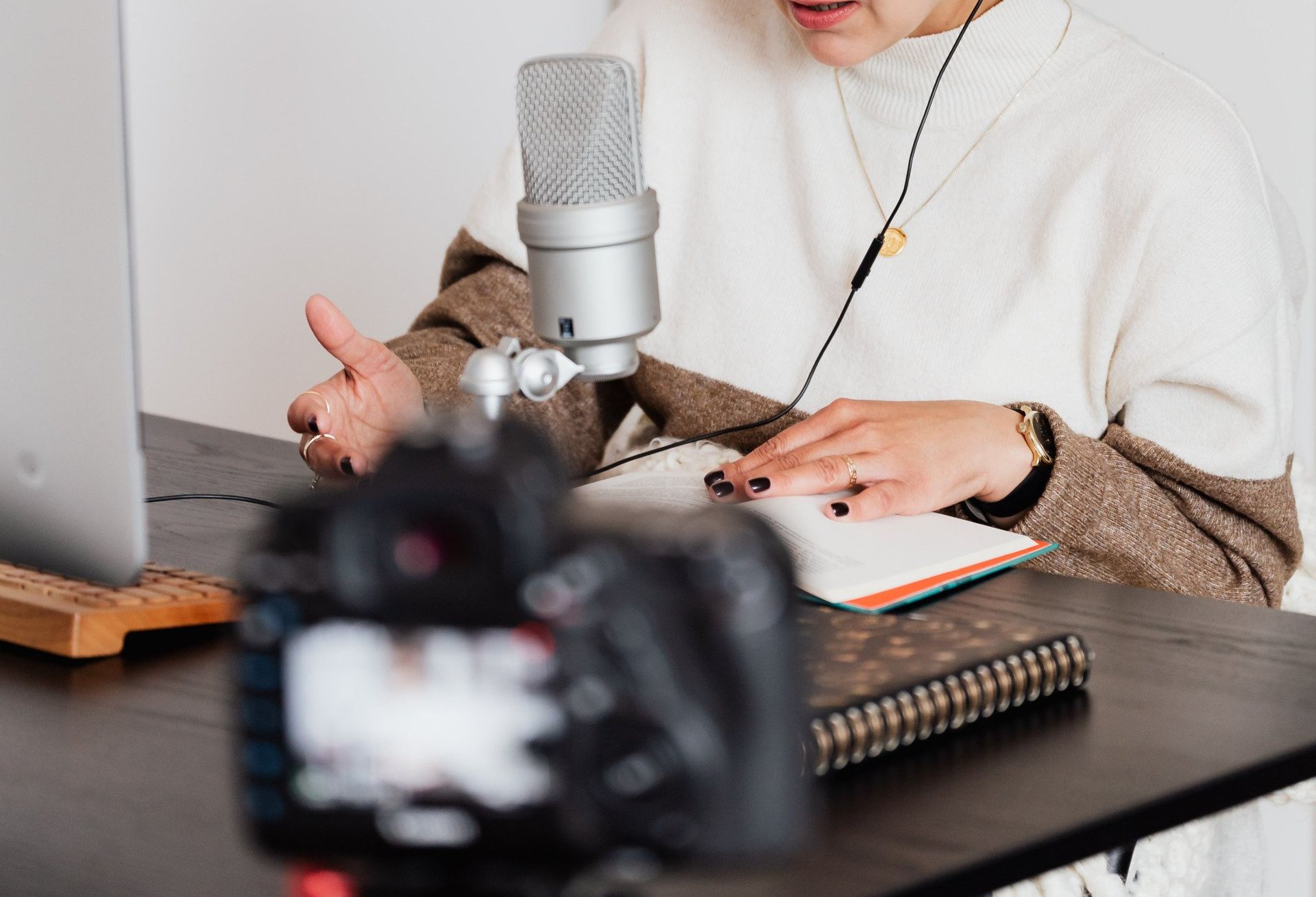
Final Recap on The Value of Good Audio in Video Production
Choosing a microphone for your video production is a critical step. It involves understanding different types of microphones, their specific uses, and various factors that influence their performance. Your choice will ultimately depend on your particular needs, your shooting environment, your budget, and your production requirements.
There's a microphone for every situation, from lavalier microphones for intimate interviews to dynamic microphones for loud live events. We've also discussed the importance of properly using your microphone and optimizing your audio in post-production to ensure the best sound quality.
Final Thoughts
While visuals are often the focus of video production, never underestimate the power of good sound. Remember, it's the quality of your audio that can genuinely make or break your video. A great video with poor audio can quickly become unwatchable, but even an average video with excellent audio can be engaging.
Therefore, take the time to choose your microphone wisely. Consider all the factors we've discussed, do your research, and always test your audio. If you approach audio with as much care as you do your visuals, you're well on your way to creating an engaging and immersive video that your audience will love.
Whether you're a seasoned videographer or a beginner, remember this: the journey to great audio begins with understanding. And now that you have that understanding, you're ready to make an informed decision. So go forth, choose your microphone, and create videos that don't just look great but sound great too.

Get total clarity on your video marketing and paid media with our FREE comprehensive data audit.

